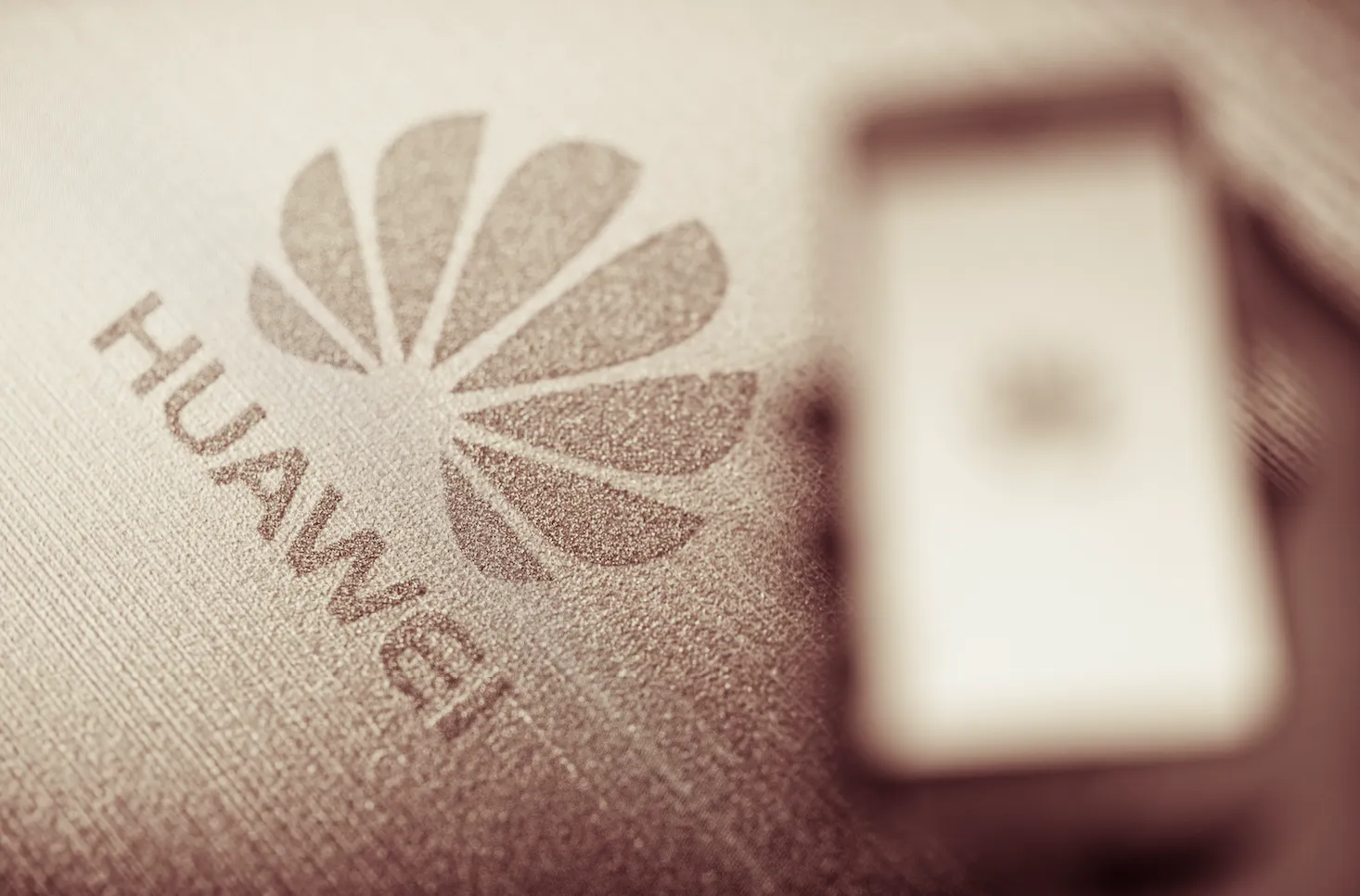Huawei It would build, with the active help of the Chinese state, a large chipset manufacturing network capable of making it self-sufficient. He reports it Bloomberg News in an exclusive report released today.
According to the publication’s research, a Shenzhen Government Investment Fund It would be created with the sole aim of placing Huawei at the center of a large network of optics specialists, chip equipment developers and chemists.
The decision to make Huawei the driving force of Chinese chipset production would be the result of one direct order from the heads of government. In response to US Commerce Secretary Gina Raimondo’s visit to China, the state even asked Huawei to launch the Mate 60 model earlier than expected. In short, the Cold War is moving.
Smartphones Huawei Mate 60 they were equipped with it (to the surprise of many observers and especially the Americans). Kirin 9000S chipset at 7 nm, made in China. Huawei never wanted to comment on how the development of this SoC went or where the materials used to make it came from.
Insiders believe that SMIC’s 7nm chipset (which is also blacklisted in the US) shows that China is about five years behind the most advanced technology available today. However, many believed that the delay was much longer, over ten years. At least that is what the strict export controls in the USA were aimed at.
Fear of the USA
The main reason Huawei and the entire chip business in China is being closely watched by the US is the concern that US technology acquired from Chinese manufacturers could be applied to chips like the 9000S to power AI-controlled drones, code-breaking supercomputers, etc. to drive surveillance. Or, worse, used for military purposes.
The Shenzhen Major Industry Investment Group was founded in 2019 with government funding and reportedly received direct contracts to support China’s chip efforts. The group has invested in a dozen companies in the supply chain, according to data from a public platform for company registration information. Among these, Bloomberg found a company called Chip Manufacturing Tools Yes, porterwhich would enter into a “close symbiotic relationship” with Huawei and exchange talent and personnel.
SiCarrier is reportedly employing engineers to work on the Huawei project, while the chipmaker is reportedly transferring a dozen patents, including technologies for precision machinery and data center designs. Both sides did not respond to Bloomberg News’ requests for comment on the situation.
A SiCarrier system produces components for semiconductor manufacturing systems.
There Zetop TechnologiesHowever, another company in the supply chain in which Huawei has shares is Huawei: it makes optical machines that position the different transistor layers on silicon wafers.
Then there’s this ASML Holding, a Dutch company that has a virtual monopoly on the sale of lithography machines. The company does not sell its products to Chinese companies and adheres to the American embargo. However, Huawei and its partners have managed to hire some former ASML employees who now work on chip-making machines.
China’s ultimate goal
Analysts assume that China is not only initiating massive financing (we are talking about 30 billion dollars) and building chip production facilities. The state would also help in other ways, eliminating taxes and even building campus housing for employees.
Despite all this, the country does not aim to achieve complete self-sufficiency in chipset manufacturing, but only wants to provide meaningful alternatives, especially in sectors where the United States and its allies can choke off supplies, such as Lithography, the production of wafer and electronic design information.




